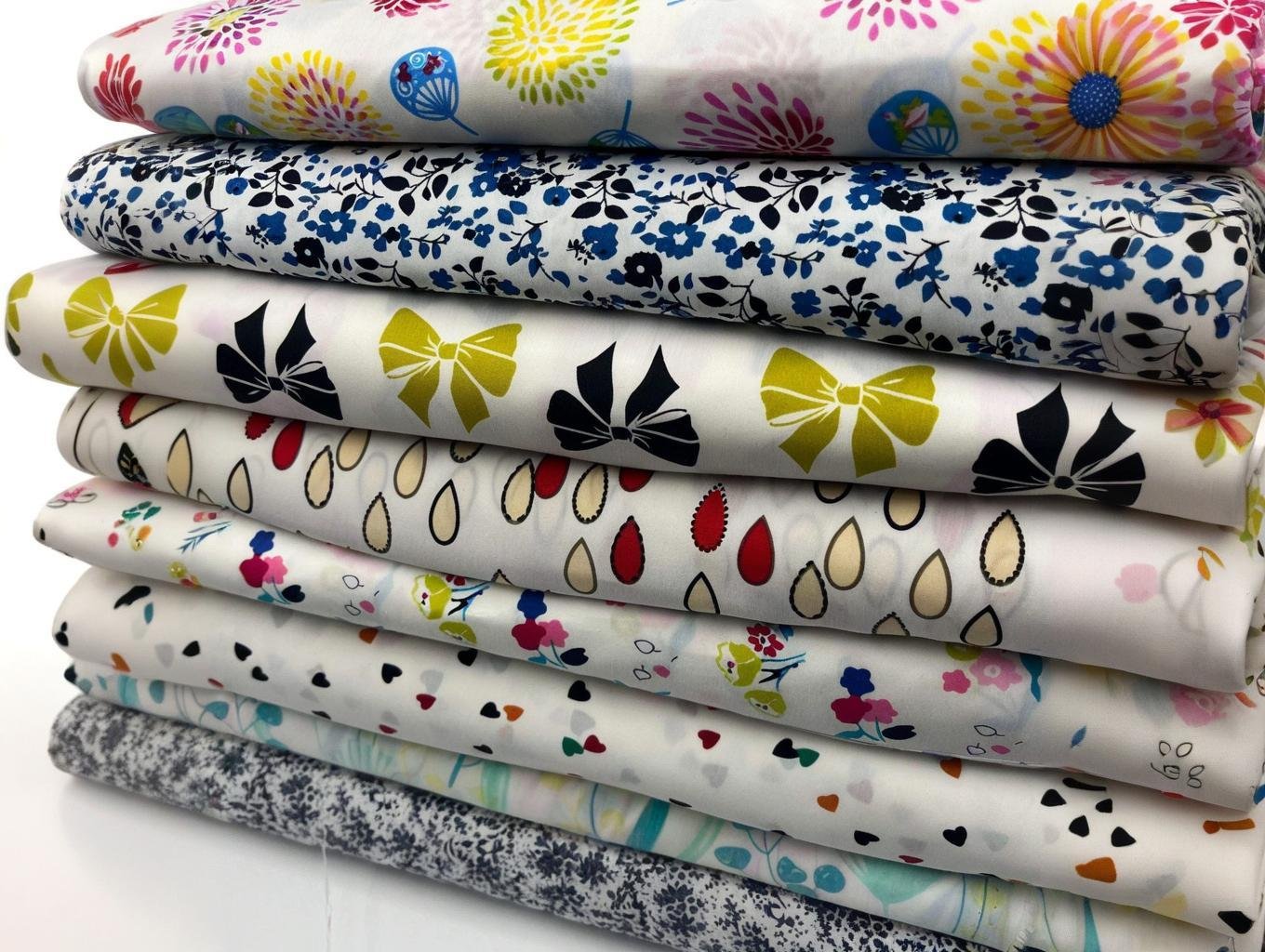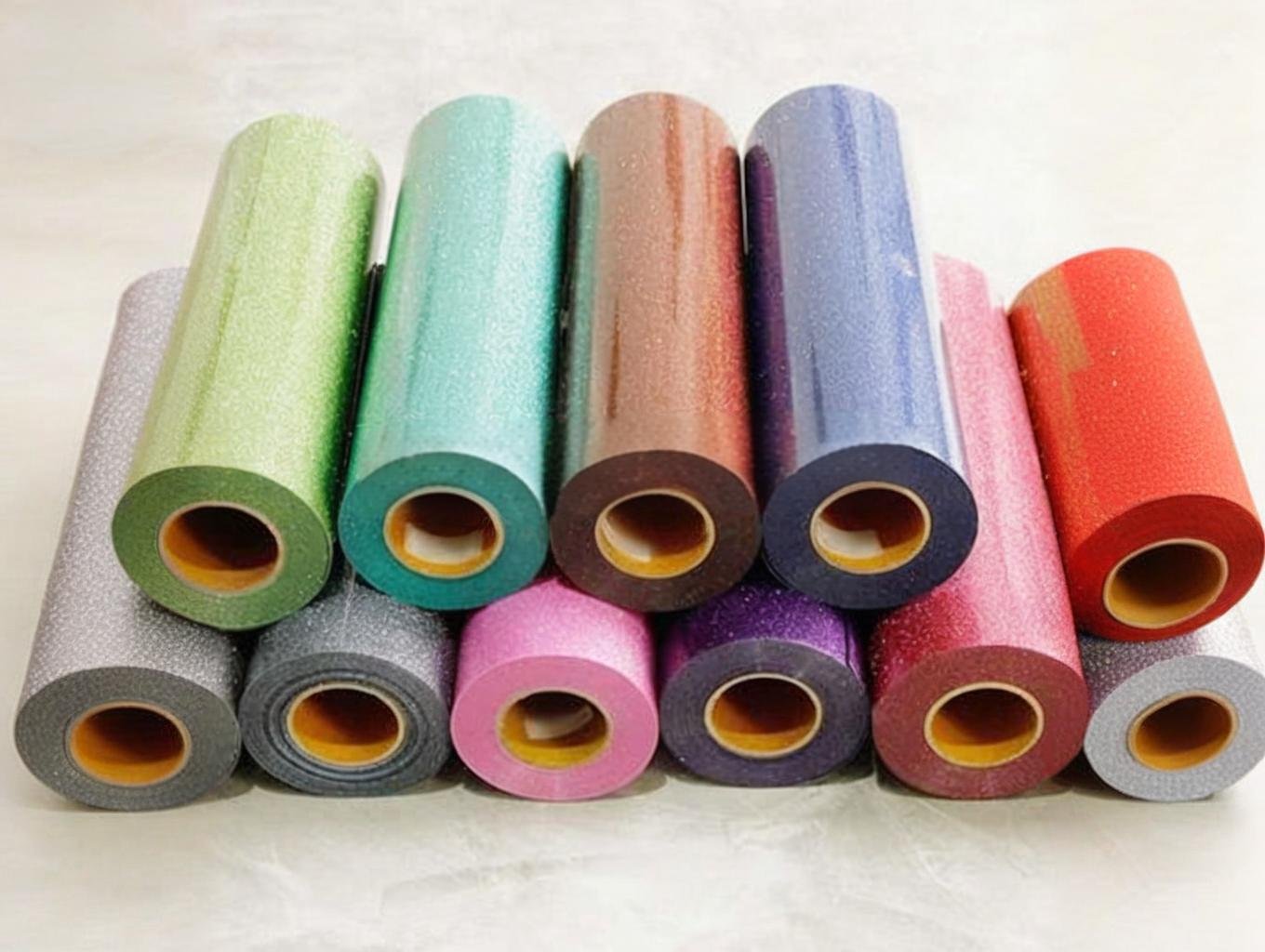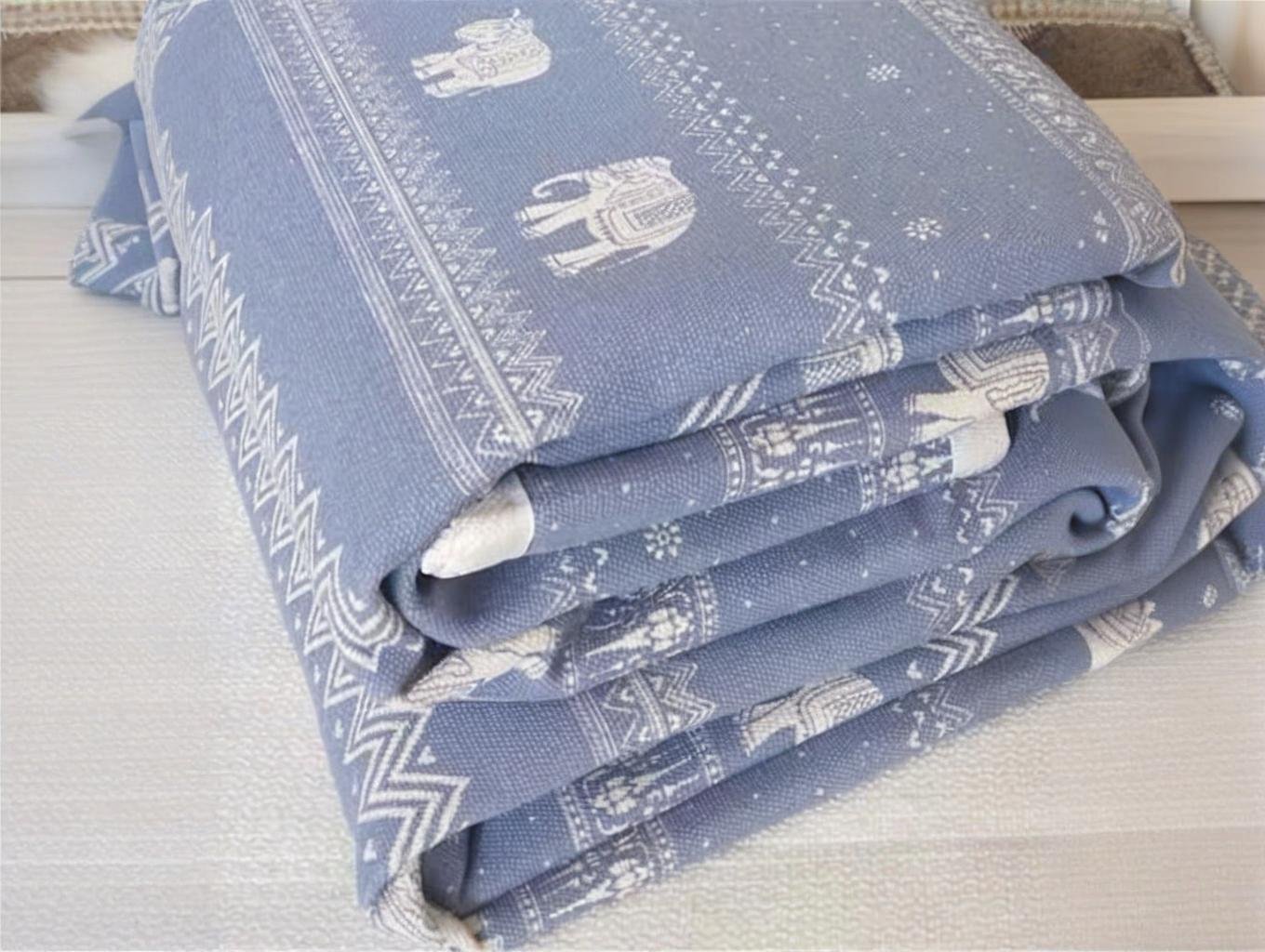Why Polyester Spandex Fabric Dominates Activewear Industry ?
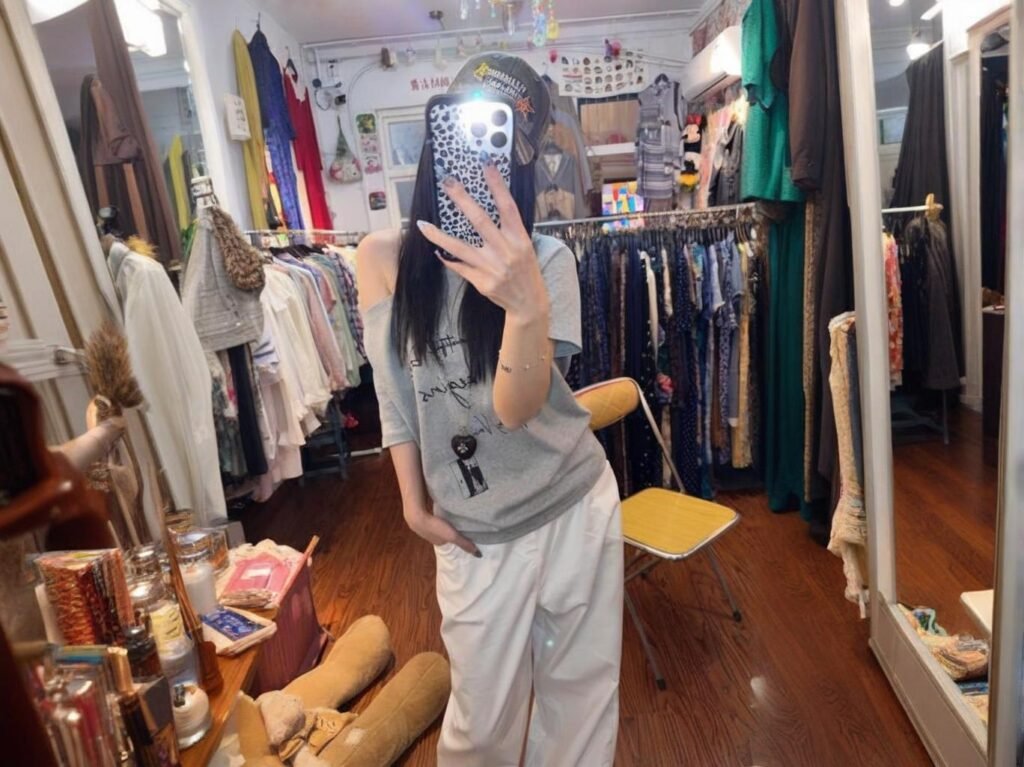
In the last decade, the activewear market has exploded—driven by a wave of athleisure, health consciousness, and high-performance expectations. Amid this boom, one material blend has quietly taken center stage: polyester spandex fabric. From yoga leggings and compression tops to sports bras and gym shorts, this hybrid fabric offers a sweet spot of flexibility, durability, and moisture management. But what truly cements its dominance over other textile contenders?
Polyester spandex fabric dominates activewear because it combines stretchability, moisture-wicking, breathability, and durability, all at a scalable manufacturing cost.
Its unique ability to mold to the body, retain shape after wear, and endure sweat-soaked workouts is why global brands—from Nike and Under Armour to private label startups—are doubling down on this blend. In this guide, we’ll go beyond surface-level advantages to unpack the technical, commercial, and sustainable reasons behind its industry supremacy.
To kick things off, let’s follow the story of an emerging European fitness brand. In 2021, they switched from cotton-based fabrics to a 92/8 polyester-spandex blend for their performance wear. The result? Customer return rates dropped by 40%, while repeat purchases doubled—proof that fabric quality directly fuels business growth.
1. What Makes Polyester Spandex the Preferred Fabric for Activewear?
Polyester spandex is the preferred activewear fabric because it blends high elasticity with excellent moisture management, light weight, and long-term durability. This combination delivers unmatched comfort and performance for both casual and competitive use.
Why This Blend Wins Over Others
a. Comfort-Stretch Equilibrium Polyester provides strength and structure. Spandex (aka elastane or Lycra) delivers 4-way stretch. Together, they ensure movement without bagginess.
b. Sweat Wicking & Fast Drying Polyester is naturally hydrophobic, so it wicks moisture off the skin. Spandex doesn’t retain water, allowing fast evaporation. → Result: Dry, cool feel during intense workouts.
c. Fabric Weight Optimization With GSM ranges between 180–280, brands can tailor fabric to low-impact or high-intensity training gear.
| Fabric Composition | Stretch Recovery (%) | GSM Range | Moisture Wicking | Durability |
|---|---|---|---|---|
| 92% Polyester / 8% Spandex | 95–98% | 180–280 | Excellent | High |
| 85% Polyester / 15% Spandex | 90–95% | 200–300 | Excellent | Medium |
| 100% Cotton | 0% | 160–240 | Poor | Low |
d. Print & Color Fastness Polyester spandex handles sublimation and digital printing exceptionally well—key for brand identity and fashion-forward designs.
e. Pilling Resistance Modern micro-polyester filaments resist pilling better than legacy fibers, extending garment life cycles.
2. How Does Polyester Spandex Compare to Cotton or Nylon in Performance?
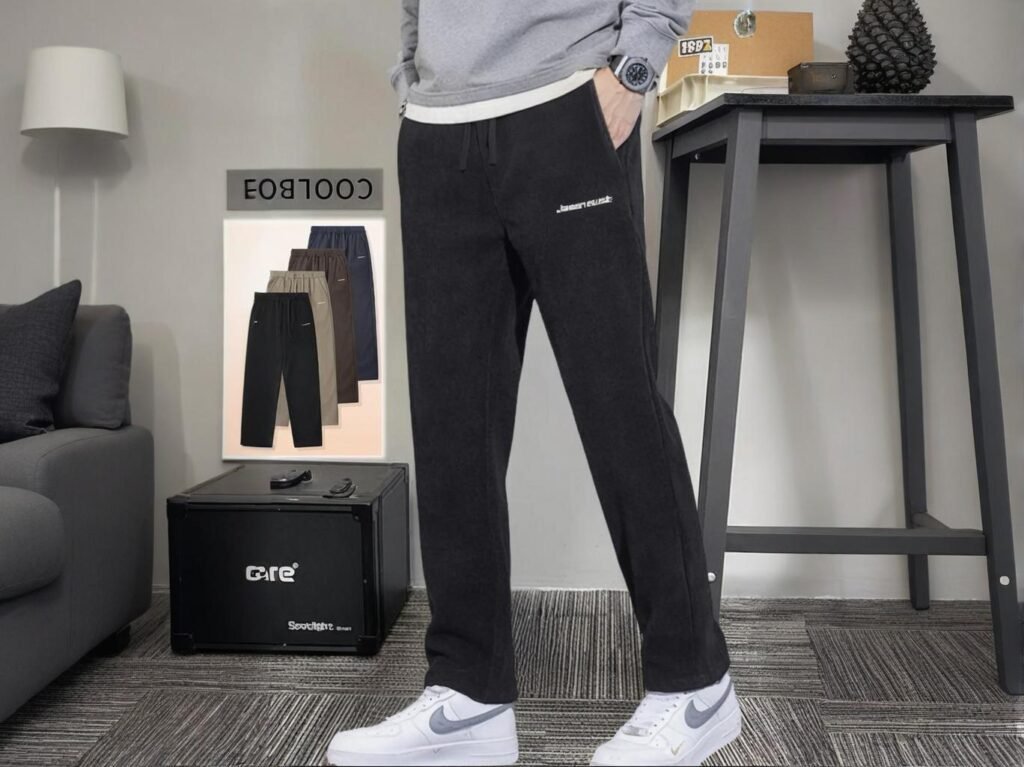
Polyester spandex outperforms cotton and rivals nylon in terms of stretch, sweat resistance, color retention, and lifespan—while also offering a more cost-effective and printable alternative for large-scale production.
Comparative Matrix
a. Cotton: Breathable but Poor Performer in Activewear
- Issue: Absorbs sweat, becomes heavy and sticky
- Shrinkage: Higher shrink rate after washing
- Use Case: Best for light leisurewear, not endurance sports
b. Nylon Spandex: Strong but Expensive
- Advantages: Smoother hand feel, greater tensile strength
- Disadvantages: Higher material cost, color dullness after multiple washes
- Use Case: Often used in swimwear and compression garments
c. Polyester Spandex: Balanced Performance for Price
| Criteria | Cotton | Nylon-Spandex | Polyester-Spandex |
|---|---|---|---|
| Moisture Management | Poor | Good | Excellent |
| Stretch & Recovery | None | Excellent | Excellent |
| Durability | Low | High | High |
| Print Compatibility | Moderate | Poor | Excellent |
| Cost Per Kg (USD) | \$4–6 | \$7–10 | \$5–8 |
| Eco Options Available? | Yes | Rare | Yes (rPET blends) |
d. Case Study – Yoga Wear Startups Many startup brands prioritize polyester-spandex due to its print-friendly nature and mid-tier cost, ideal for colorful leggings or branded compression tops.
3. Which Key Properties of Polyester Spandex Enhance Athletic Functionality?
Polyester spandex fabric enhances athletic functionality by offering 4-way stretch, excellent moisture-wicking, lightweight insulation, and abrasion resistance. These characteristics directly translate into performance benefits like freedom of movement, quick-dry comfort, and durability.
Technical Features in Athletic Context
a. 4-Way Stretch for Dynamic Movement Unlike rigid fabrics, polyester spandex stretches both horizontally and vertically—ideal for high-mobility activities like running, CrossFit, or dance.
| Feature | Performance Impact |
|---|---|
| 4-way stretch | Full mobility during squats, lunges |
| Shape retention | No bagging or sagging after use |
| Recovery speed | Regains original shape within 1–2s |
b. Sweat Management & Thermoregulation
- Moisture wicking: Keeps skin dry
- Breathability: Allows air circulation
- Thermal comfort: Suitable for layering or summer use
c. UV Resistance & Odor Control Modern polyester yarns can be engineered with UV coatings and antimicrobial treatments for odor reduction—especially useful for sportswear and outdoor gear.
d. Abrasion Resistance Lab tests show polyester-spandex can withstand over 100,000 Martindale rubs, making it suitable for endurance gear and repeated machine washes.
4. Is Polyester Spandex Fabric Cost-Effective for Mass Production?
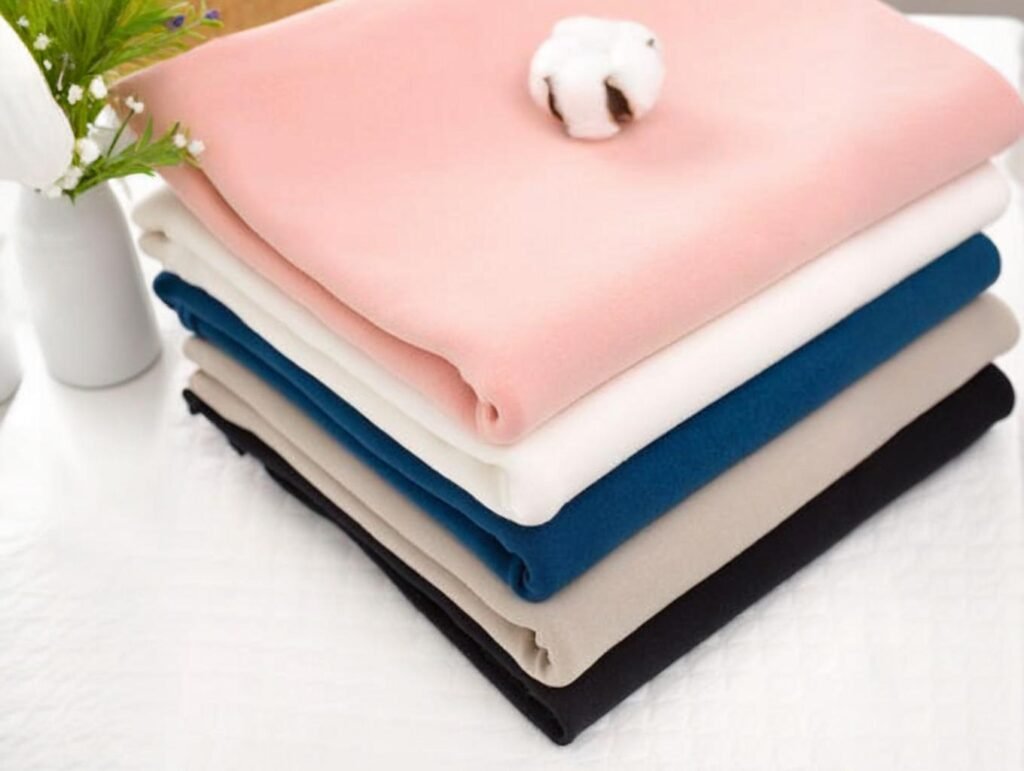
Yes, polyester spandex fabric is one of the most cost-effective performance fabrics for mass production, especially when compared to nylon blends or specialty fabrics. Its availability, scalability, and compatibility with automated cutting and sewing make it a go-to for manufacturers worldwide.
Breaking Down the Cost Factors
a. Raw Material & Yarn Pricing (2024 Q2 Reference)
| Material | Avg. Price per Kg (USD) |
|---|---|
| 100% Cotton | 4.80–6.00 |
| 100% Nylon | 7.20–10.00 |
| 92% Polyester / 8% Spandex | 5.00–7.20 |
| 85% Polyester / 15% Spandex | 5.80–8.20 |
b. Minimum Order Quantities (MOQ) Polyester yarn mills offer lower MOQs compared to nylon, making it easier for new brands or small runs. Typical MOQ for polyester-spandex is 300–500 kg.
c. Printing & Dyeing Compatibility Because polyester spandex supports digital printing, sublimation, and heat transfer, there’s no need for separate costly coatings or treatments. This reduces total unit cost per garment.
d. Energy & Water Usage in Production Polyester-spandex blends can be processed with less water than cotton, and energy-efficient dyeing technologies now allow rapid production, further saving cost.
| Process Stage | Cotton | Polyester-Spandex |
|---|---|---|
| Water Consumption | High | Low |
| Printing Methods | Limited | Digital & Sublimation |
| Labor Requirement | High | Medium |
e. Freight & Weight Advantage Polyester-spandex fabric is lighter, which means lower shipping costs per unit—important for global DTC brands and dropshippers.
5. How Sustainable Is Polyester Spandex in Today’s Eco-Conscious Market?
Polyester spandex fabric can be made more sustainable through the use of recycled polyester (rPET), low-impact dyeing methods, and biodegradable elastane alternatives. While not inherently eco-friendly, innovations are closing the gap between performance and sustainability.
Evaluating Sustainability Claims
a. rPET (Recycled Polyester) Blends
Recycled polyester made from post-consumer plastic bottles is increasingly used in spandex blends.
| Sustainability Metric | Virgin Polyester | Recycled Polyester (rPET) |
|---|---|---|
| Energy Use | High | \~45% lower |
| CO₂ Emissions | High | \~30% lower |
| Water Consumption | High | \~20% lower |
| Biodegradability | No | No |
b. Eco-Friendly Elastane Alternatives
Brands like Roica™ and Creora® have launched biodegradable or lower-impact spandex that partially degrades in landfill environments.
- Roica™ V550: Biodegradable under ISO 14855-1
- Creora® eco-soft: Made with GRS-certified yarns
c. Dyeing & Finishing Innovations
New dyeing technologies (e.g., Dope Dyeing or Waterless Dyeing) significantly reduce water use and eliminate harmful effluents. Polyester’s compatibility with heat-based sublimation makes it ideal for low-water applications.
d. Certifications & Compliance
| Certification | Description |
|---|---|
| OEKO-TEX Standard 100 | Free from harmful chemicals |
| GRS (Global Recycled Standard) | Verifies rPET content and traceability |
| bluesign® Approved | Ensures responsible chemical use |
6. Do Major Sportswear Brands Rely on Polyester Spandex?

Yes. Leading brands like Nike, Adidas, Under Armour, and Gymshark use polyester spandex blends in a wide range of performance wear due to its durability, stretch recovery, and moisture-wicking capabilities.
Brand Adoption in Real Use
a. Nike’s Dri-FIT Series
Nike uses a proprietary polyester spandex blend for Dri-FIT shirts, shorts, and leggings. The fabric is engineered for sweat-wicking and mobility. It also includes sustainable rPET in newer collections.
b. Adidas Primegreen & Primeblue Lines
Adidas’ “Primeblue” incorporates ocean-bound rPET with spandex for stretch apparel. Their Primegreen leggings contain over 60% recycled polyester with 8–12% spandex.
c. Under Armour’s HeatGear®
One of the most iconic product lines in the industry. Made using lightweight polyester-spandex blends, HeatGear fabrics are known for their compression, breathability, and odor resistance.
d. Gymshark & DTC Brands
Gymshark, Lululemon, and emerging DTC brands heavily rely on polyester-spandex blends for compression leggings, sports bras, and performance tanks. They value it for:
- Cost efficiency
- Design versatility
- Fast restocking turnaround
| Brand | Product Example | Fabric Composition |
|---|---|---|
| Nike | Dri-FIT Tee | 90% Polyester / 10% Spandex |
| Adidas | Primeblue Leggings | 88% rPET / 12% Spandex |
| Under Armour | HeatGear Compression | 84% Polyester / 16% Spandex |
| Gymshark | Training Leggings | 78% Polyester / 22% Spandex |
7. Are There Any Drawbacks to Using Polyester Spandex?
While polyester spandex fabric offers excellent stretch, moisture-wicking, and durability, it does have limitations. These include poor breathability in some blends, limited biodegradability, and susceptibility to heat damage.
Analyzing the Downsides
a. Breathability Limitations
Polyester is a synthetic fiber that traps heat more than natural fibers. In hot climates, tightly woven polyester spandex blends may lead to overheating or discomfort—especially in base layers.
| Fabric Type | Air Permeability (mm/s) |
|---|---|
| 95% Cotton / 5% Spandex | 190 |
| 90% Polyester / 10% Spandex | 120 |
| Nylon / Spandex (Lycra) | 130 |
b. Microplastic Shedding
Washing polyester-based garments contributes to microplastic pollution, which enters waterways and ecosystems. Although less harmful than nylon, it remains a concern in eco-conscious markets.
c. Heat Sensitivity
Spandex fibers can degrade above 200°C. Ironing or heat-printing without protection may lead to permanent damage. Manufacturers must:
- Use controlled heat transfer
- Avoid excessive dryer heat
d. Limited Biodegradability
Conventional polyester and spandex are non-biodegradable. Without proper end-of-life solutions, these materials contribute to long-term landfill waste unless they are recycled.
e. Color Fading or Staining
While polyester has good color retention, spandex content can make it more sensitive to:
- Harsh detergents
- Chlorine
- UV light exposure over time
8. How Can Apparel Manufacturers Source Quality Polyester Spandex Fabric?

Apparel manufacturers can source high-quality polyester spandex by partnering with certified textile mills, requesting lab-tested samples, checking for OEKO-TEX or GRS certifications, and negotiating MOQs based on production volume.
Sourcing Strategies for Manufacturers
a. Work with Verified Suppliers
Look for OEKO-TEX Standard 100, GRS, or bluesign® certified suppliers. These certifications ensure:
- Non-toxic production
- Recycled or sustainable yarns
- Transparent supply chains
b. Test Before Bulk Order
Always request swatches for:
- Stretch recovery
- GSM (fabric weight)
- Colorfastness (ISO 105)
- Pilling resistance
| Test Type | Recommended Standard | Ideal Result for Activewear |
|---|---|---|
| Stretch Recovery | ASTM D2594 | > 85% |
| GSM Range | Internal QC or ASTM D3776 | 180–240 GSM |
| Colorfastness | ISO 105 B02/B04 | 4–5 Grade |
c. Understand MOQ Negotiations
Polyester spandex has low MOQ flexibility compared to 100% polyester. Still, suppliers like SzoneierFabrics offer:
- 50–300 meters MOQ for trial orders
- 7–15 days sampling lead time
- Competitive prices with customized yarn blends
d. Prioritize Communication
B2B buyers should:
- Request full tech packs
- Confirm yarn source and blend ratio
- Ask for dyeing process details (e.g. disperse, sublimation)
e. Recommended Platforms for Supplier Discovery
- Alibaba for global reach
- Textile fairs like Intertextile Shanghai
- Direct factory contact via independent websites like szoneier.com
Partner with SzoneierFabrics for Custom Polyester Spandex
As the activewear industry continues to evolve, choosing the right polyester spandex fabric is no longer just about stretch—it’s about performance, sustainability, and long-term value. Whether you’re building a new brand or scaling a production line, SzoneierFabrics offers:
- Customizable blends (e.g. 80/20, 90/10, 85/15)
- OEKO-TEX certified materials
- Free samples & fast prototyping
- MOQ as low as 50 meters
Contact Szoneier today to get a free consultation, request swatches, or develop your own polyester spandex solution for activewear.
Can't find the answers?
No worries, please contact us and we will answer all the questions you have during the whole process of bag customization.
Make A Sample First?
If you have your own artwork, logo design files, or just an idea,please provide details about your project requirements, including preferred fabric, color, and customization options,we’re excited to assist you in bringing your bespoke bag designs to life through our sample production process.

